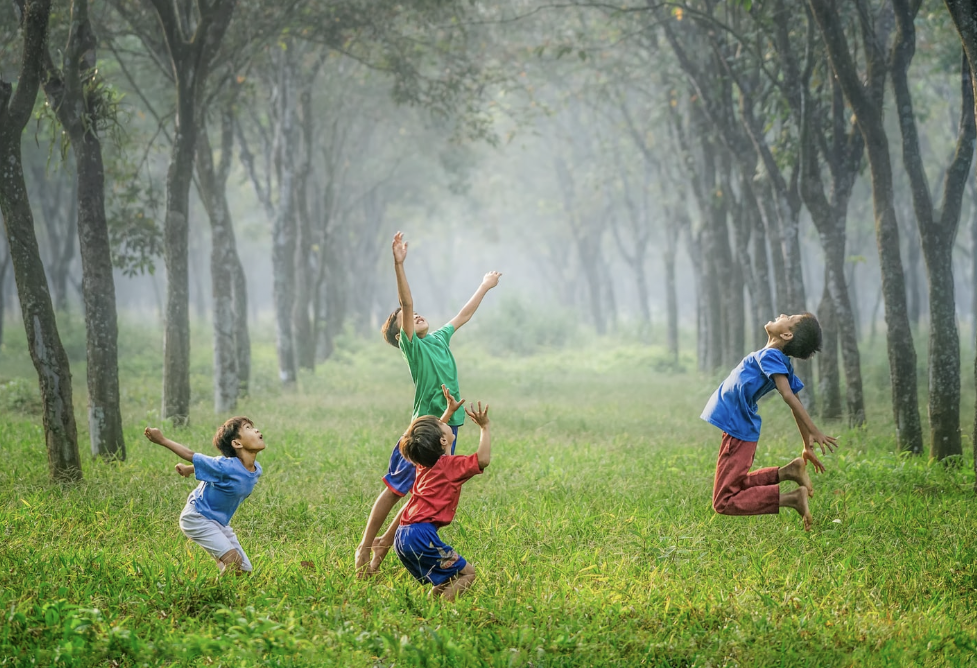Teacher-Child Interactions, A Two-Way Street

During childhood, there is a dramatic development that includes biological, psychological, and social changes. At the age of about twelve, children have already learned the main life skills; to walk, to talk, to take care of themselves, and understanding the world around them. Family, school, and classmates are the main agents of socialization and, at the same time, learning. All these agents depend on the child’s level of development and preference. Teacher-child interaction is a two-way street; the child relates to the teacher, and the teacher relates to the child. Thus, the teacher achieves a positive relationship with the child as the child builds self-esteem and mutual respect in the classroom.
Interaction plays a very important role in the social development of children. In the process of social development, children discover, learn the consequences of behavior understand human relationships in the social world. Specifically, by age seven, children’s interaction with family, teachers, and classmates plays a significant role in the development of social skills. Interaction that positively supports the healthy development of children are games, complex school structure, and social interactions are ideal.
For instance, the school must be about the children, it is its reason for being, “the child”. The school should be a combination between education, family, and a personal growth process. We should not separate education from family. Finally, children need to feel comfortable entering into a dialogue with their teachers. In such a teacher-child relationship, there will be fundamental respect and affection on both sides.
This blog was created by Felicia Irimiciuc who is a current Child Development Associate (CDA) student with CDAClass.org.
If you like this blog share it with your friends! If you have any thoughts or comments get in touch with us – we’d love to hear from you!
